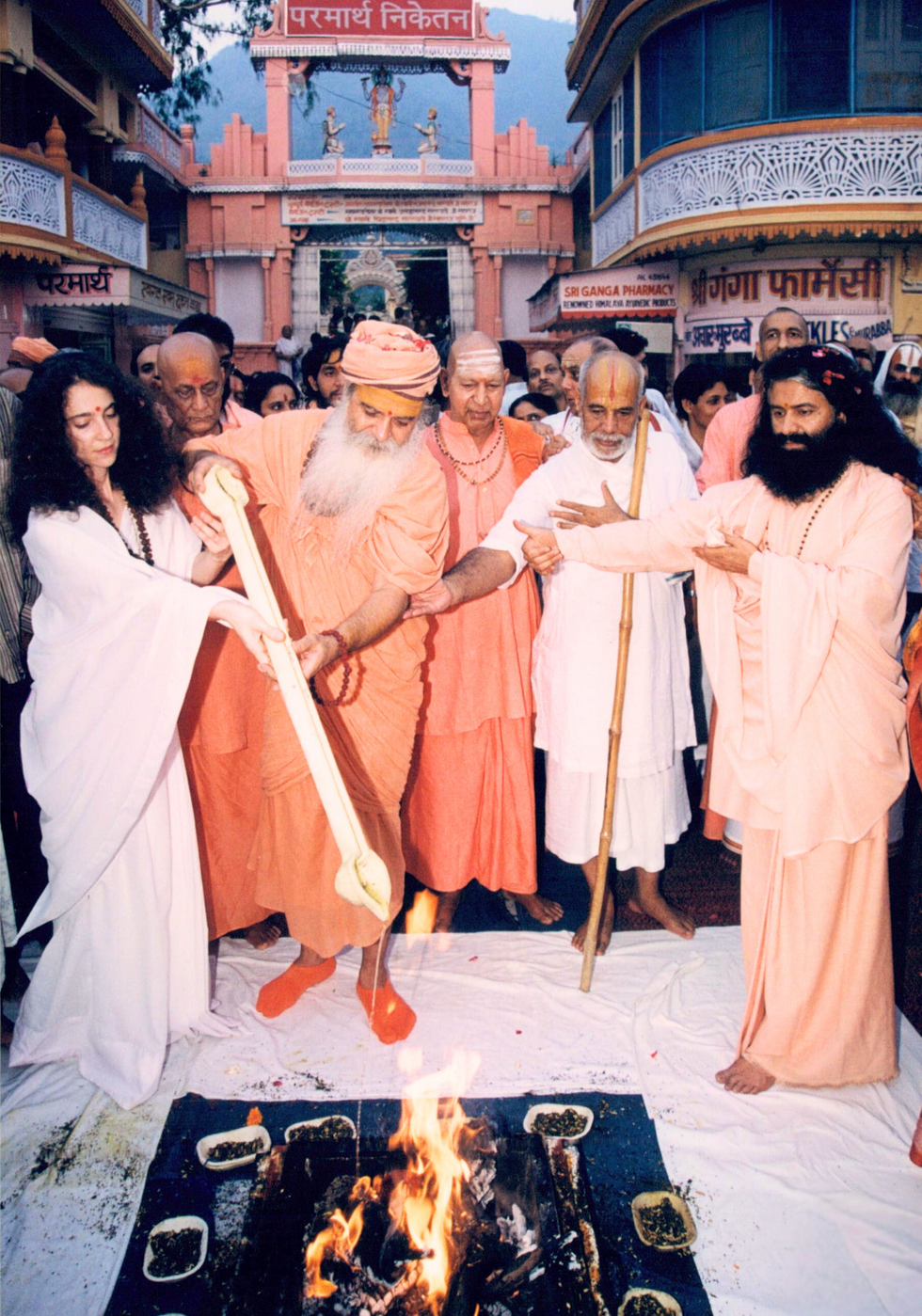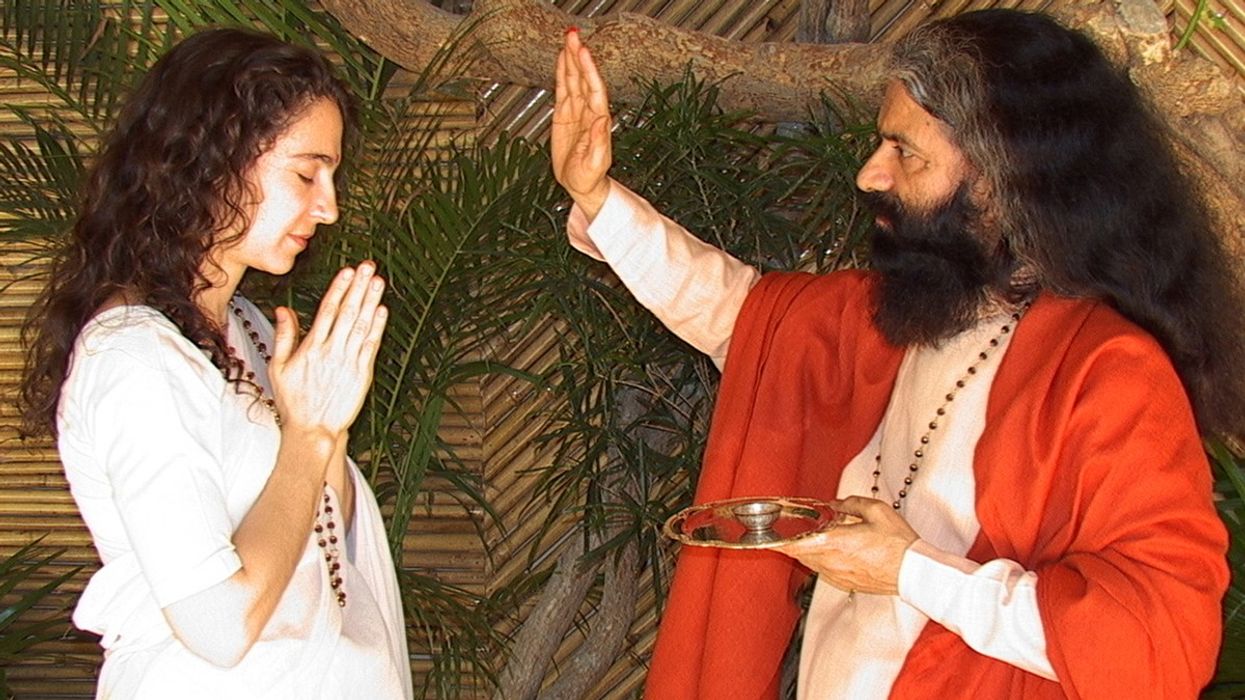Parmarth Niketan will mark the 25th sanyas anniversary of Pujya Sadhvi Bhagawati Saraswatiji on 11 June, honouring her quarter-century of spiritual service and dedication since she took monastic vows in 2000.
The ceremony will be held on the sacred Shri Rama Katha stage at Parmarth Niketan in Rishikesh and will feature blessings from several prominent spiritual leaders. Among those attending are Pujya Swami Chidanand Saraswatiji, Pujya Swami Ramdevji, mahamandaleshwars Rajendra Dasji, Ravindra Puriji and Harichetnanandji, as well as Pujya Sadhvi Ritambharaji, Pujya Acharya Balkrishanji, Dr Chinmaya Pandyaji and others.

Sadhviji, a renowned spiritual teacher and author, came to India in 1996 and embraced the path of sanyas just four years later. She has since become a global advocate for interfaith dialogue, environmental protection and women’s empowerment.
Those unable to attend in person can join the celebration via livestream from 11.30 am IST on the official YouTube channels @ParmarthNiketan and @Sadhviji.













